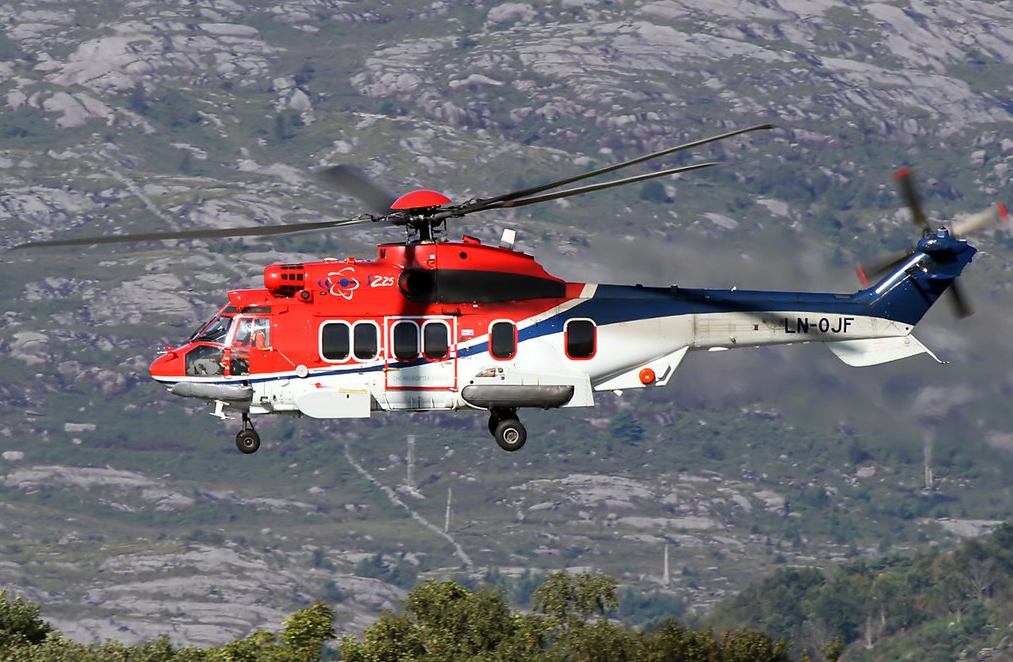
Helicopter chiefs in Aberdeen plan to end their use of the H225s on North Sea flights – unless customers call for the model to be used to fly their workers to installations.
The move by CHC comes less than a week after a further air directive from the European Air Safety Agency (EASA) said the Super Puma model should be grounded in the wake of additional investigation by safety chiefs into the cause of a helicopter crash on April 29th.
There were 13 people on board the flight from Statoil’s Gullfaks B platform to Flesland Airport, near Bergen, when it crashed killing all 11 passengers and two crewmen.
A spokeswoman for CHC Helicopters said the decision had been “commercially driven” based on the demand of customers.
Air investigators in Norway said the helicopter had dropped from 2,000ft, with the crash taking place in only one to two seconds.
Safety chiefs said the incident would not have been survivable.
The spokeswoman for CHC said the company was committed to having a “resilient, mixed fleet that provides the right aircraft at the right time to meet our customers’ helicopter service requirements.”
She added: “So, in the future, when the H225 model returns to service, and if our customers wish to fly it, we will adjust the mix of our fleet accordingly.
“The offshore industry continues to face challenging conditions and we, like many other businesses, are having to respond to the current environment.
“Over the past few weeks, in Aberdeen, we have listened to our customers’ needs for the immediate term and also looking forward to the future.
“We must now respond to our customers’ operational requirements and wishes. In the future, when the H225 fleet returns to service and customers wish to fly the aircraft, we will appropriately adjust the mix of aircraft in our fleet.
“Providing safe and reliable service to our customers remains CHC’s top priority.”
In its latest directive which was issued last week, the European Aviation Safety Agency (EASA) said further inspections would need to take place on the H225s to assess their main gearboxes, suspension bar fittings and related base plat assemblies.
All H225s have already been suspended pending the ongoing investigation into the crash in Norway.
In an exclusive interview with Energy Voice last week, safety and aviation chiefs spoke just hours before a second ruling on the helicopter flights was published.
Gilles Bruniaux, vice president of aviation safety for Airbus Helicopters; Gretchen Haskins, chief executive of HeliOffshore; Duncan Trapp, vice president of safety and quality for CHC Helicopters and Les Linklater, the executive director of Step Change in Safety moved to assure offshore workers and their families that they were working to get to the “root cause” of the crash.
When originally asked to raise their hands if they would fly on the H225, all four did so.
A petition reaching more than 27,000 signatures has also previously been launched calling for the fleet to be grounded.
A number of relatives of those killed in previous North Sea crashes have backed the petition, including Audrey Wood.
The nurse lost her son Stuart Wood, 27, when he was killed in 2009 on a flight which crashed close to Peterhead.
Recommended for you
